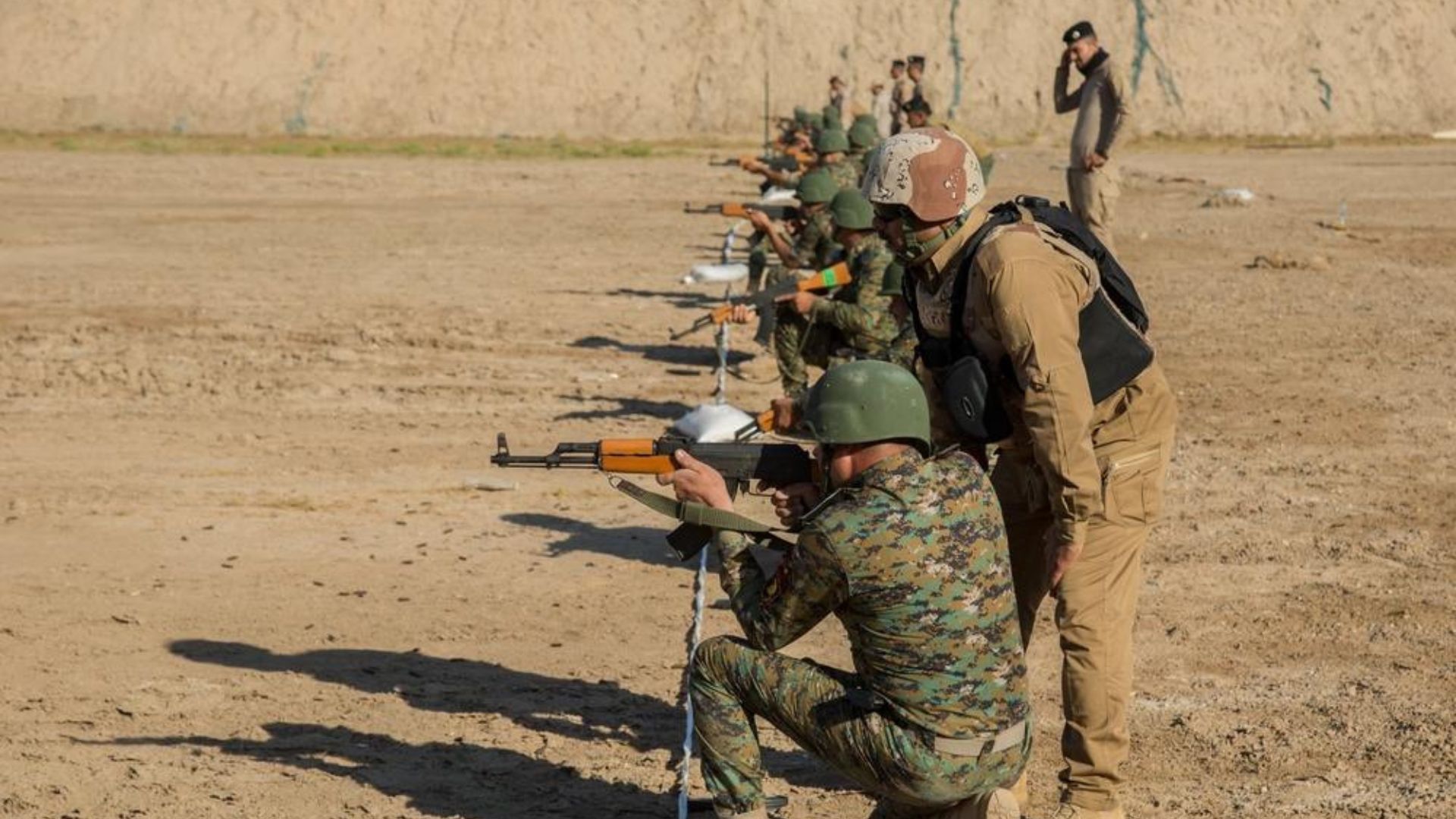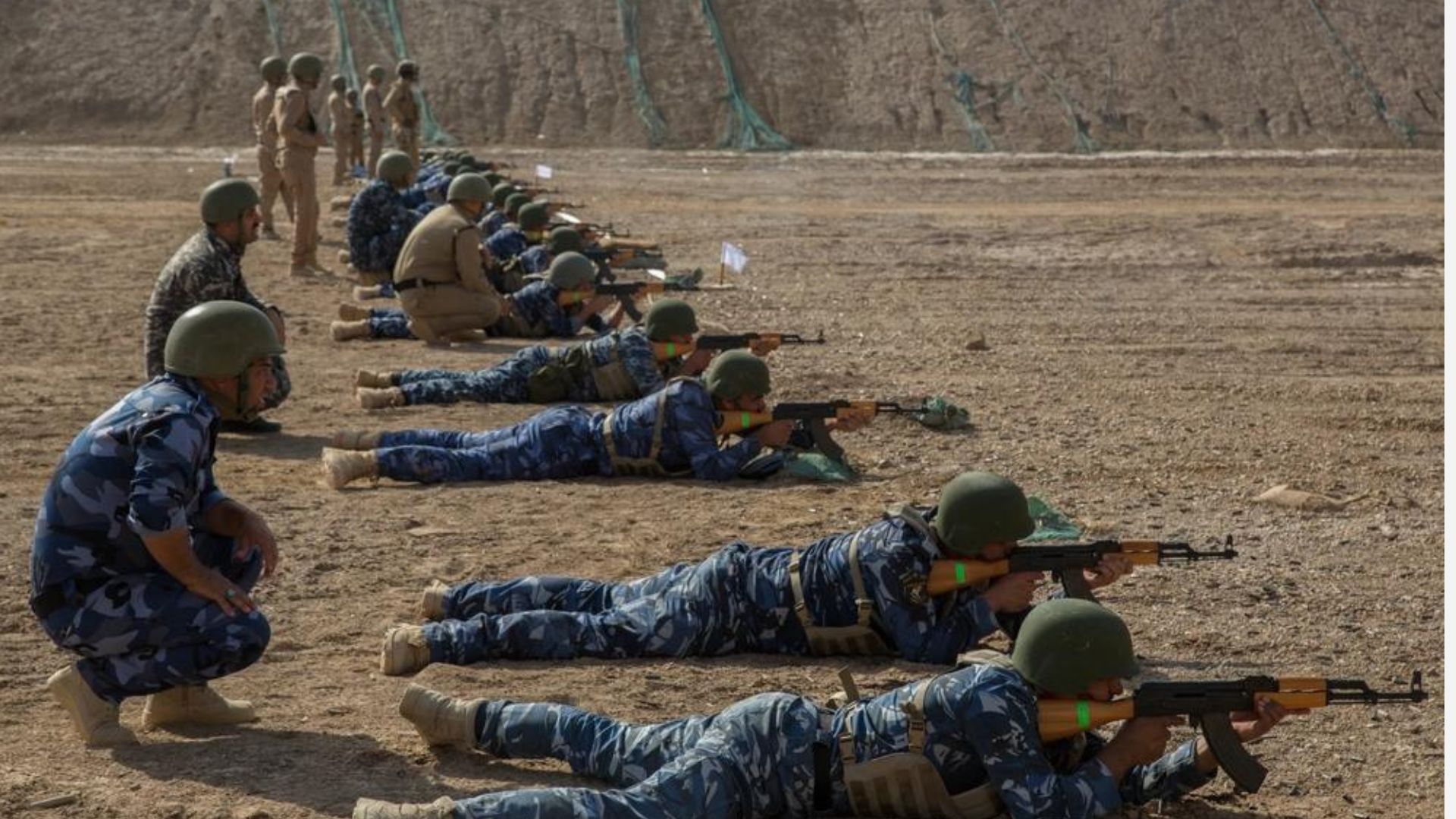The AK-47, designed as an intermediate rifle for Soviet soldiers, became the prototype for modern assault rifles. Unlike finely machined rifles, the AK-47 doesn’t have the beauty or precision of a high-end chronograph or sports car. Instead, it has the rugged utility of a plumber’s helper.
This rifle wasn’t meant for showrooms. Its supremacy comes from its utility, durability, and simplicity, making it accessible to virtually anyone. The furniture — stock, and grip — might be a step above plywood, and the receiver is stamped and riveted, not forged. Despite this, the AK-47 is the deadliest, most widespread, and game-changing individual weapon in military history.
Origins of the AK-47
The story of the AK-47 begins with Mikhail Kalashnikov, a Soviet tank commander wounded in 1941. While hospitalized, he began designing an assault rifle better than the German MP 40 submachine gun. Despite his lack of gunsmithing experience, Kalashnikov developed a gas-operated mechanism that defined the AK-47.

The truth behind Kalashnikov’s contribution is often mythologized. It’s likely that a team of experienced gunsmiths refined his insights into the final product. The AK-47 was adopted by the Soviet military in 1947 and evolved into a family of rifles, including the AKM (introduced in 1959) and the AK-74 (introduced in 1974). Most rifles referred to as AK-47s today are actually variants of the AKM.
The Role of Ammunition
Ammunition played a crucial role in the AK-47’s success. Traditional WWII infantry rifles used powerful rounds with substantial recoil and considerable range.
These rounds were heavy and expensive, limiting the amount soldiers could carry. The AK-47 uses intermediate rounds, which are less powerful but allow soldiers to carry more ammunition and manage recoil more effectively. This made the AK-47 ideal for new warfare where mobility and volume of fire mattered more than long-range accuracy.
Intermediate Rounds: A Game Changer
Intermediate rounds bridged the gap between long-rifle and pistol ammunition, making the AK-47 versatile and effective. The concept of intermediate rounds was first effectively used by the Germans in their Sturmgewehr, regarded as the first modern assault rifle.

The Sturmgewehr 44 (StG 44) significantly influenced the development of the AK-47 by introducing the concept of the intermediate cartridge and selective fire capability.
The StG 44’s 7.92x33mm Kurz intermediate cartridge balanced manageable recoil with sufficient range and stopping power, a principle that Mikhail Kalashnikov adopted for the AK-47 by choosing the 7.62x39mm round. This allowed soldiers to carry more ammunition while maintaining effective firepower at medium ranges.
Additionally, the StG 44’s selective-fire mechanism, which allowed switching between semi-automatic and fully automatic modes, was incorporated into the AK-47. This flexibility made the AK-47 versatile in various combat scenarios, from close-quarters battles to longer-range engagements, mirroring the effectiveness demonstrated by the StG 44 during World War II.
Simplicity and Durability
One of the AK-47’s standout features is its simplicity and durability. With as few as eight moving parts, the rifle can be field-stripped and reassembled by an illiterate child with minimal training.
The AK-47 is often referred to as “soldier-proof” because it can withstand extreme conditions without jamming or breaking. Whether dragged through sand, dropped in mud, or submerged in water, the AK-47 continues to function reliably. Its chrome-lined barrel and chamber help prevent corrosion, adding to its longevity.
The AK-47 in Global Conflicts
The AK-47’s proliferation is unmatched in the history of small arms. Soviet and later Russian military doctrine favored mass production over-refinement, producing the AK-47 in vast numbers to ensure that every soldier had access to a reliable weapon.

Estimates suggest there are over 75 million functioning AK-47s worldwide, far surpassing any other firearm model.
The strategy of producing such large quantities not only equipped the Soviet military but also enabled widespread distribution to allied and proxy forces around the globe.
Initially, the AK-47 was primarily confined to the Soviet bloc, serving as the standard issue rifle for Warsaw Pact nations. However, its reputation and influence grew significantly during the Vietnam War.
The AK-47’s robust design and reliability in harsh conditions starkly contrasted with the early versions of the American M16, which faced numerous issues such as jamming and corrosion. This reliability in the dense jungles and humid climate of Vietnam demonstrated the AK-47’s superiority in real combat situations, cementing its status as a formidable weapon.
As the Cold War progressed, the Soviet Union provided AK-47s to various allied nations and revolutionary movements, further expanding its global presence. Conflicts in Africa, Asia, and the Middle East saw the AK-47 become the weapon of choice for both state and non-state actors.
Its simplicity, durability, and ease of use made it ideal for guerrilla warfare and insurgent groups. The widespread availability and effectiveness of the AK-47 have left an indelible mark on modern warfare, making it not just a weapon, but a symbol of resistance and revolution around the world.
The Spread of the AK-47
The AK-47 became a powerful symbol of revolution and insurgency, its rugged reliability and ease of use making it the ideal weapon for a wide range of conflicts around the globe. In Vietnam, the Viet Cong used the AK-47 to great effect against American and South Vietnamese forces, leveraging its durability and simplicity in the harsh jungle environment.

Similarly, in Afghanistan, mujahideen fighters relied on the AK-47 during their resistance against Soviet occupation in the 1980s. Its capability to function in the dusty, mountainous terrain of Afghanistan without frequent maintenance highlighted its superiority over other firearms.
The AK-47’s role in these and other conflicts cemented its reputation as a weapon of the oppressed, a tool for those fighting against more powerful, better-equipped adversaries.
The AK-47’s influence extended far beyond Vietnam and Afghanistan, becoming a staple in numerous revolutionary and insurgent movements across Africa, Asia, and Latin America. In Africa, it earned the nickname “the African credit card” due to its critical role in recruiting followers; offering an AK-47 was often enough to gain loyalty and build an army.
Warlords and insurgent leaders capitalized on its accessibility and effectiveness, distributing the rifle to bolster their ranks. The AK-47’s simplicity meant that even those with minimal training could operate it effectively, making it an indispensable tool for guerrilla warfare.
This widespread use by various militant groups reinforced its image as a weapon of the revolution, a symbol of the fight against oppression, and a means to challenge established powers.
The AK-47’s Impact on Modern Warfare
The AK-47’s influence extends beyond its performance in battle. It has become a cultural icon, recognized worldwide as a symbol of rebellion and resistance. The rifle’s image is synonymous with conflict and revolution. Its presence in the hands of figures like Saddam Hussein and Osama bin Laden further cemented its status.

Despite advancements in firearms technology, the AK-47 remains relevant. Its durability, simplicity, and effectiveness ensure it will continue to be used in conflicts worldwide. The rifle’s design has been adapted and improved over the years, and it remains a favorite among various military and paramilitary groups.
The AK-47 is more than just a weapon. It is a symbol of power and resistance. Its design prioritizes function over form, making it one of the most reliable and widely used rifles in history. The AK-47’s legacy is marked by its ability to endure and perform under the most challenging conditions, securing its place as the weapon of the century.
Key Features of the AK-47
- Design: Rugged and utilitarian
- Ammunition: Uses intermediate rounds for greater carrying capacity and manageable recoil
- Durability: Functions reliably under extreme conditions
- Proliferation: Over 75 million in existence worldwide
- Cultural Impact: Symbol of revolution and resistance
Global Use and Adaptation
- Vietnam War: Proved superior to early versions of the M16
- Afghanistan: Became a symbol of resistance against Soviet forces
- Africa: Known as “the African credit card” for its use in recruiting fighters
- Cultural Icon: Recognized worldwide as a symbol of conflict and rebellion
Longevity and Future
- Design Adaptations: Continues to evolve with new models and improvements
- Enduring Legacy: Expected to remain in use for decades due to its reliability and effectiveness
The AK-47 stands as a testament to the power of simplicity and durability in weapon design. Its widespread use and cultural significance underscore its impact on modern warfare and global conflicts. The AK-47’s story is one of resilience, adaptability, and enduring legacy.
__
Disclaimer: SOFREP utilizes AI for image generation and article research. Occasionally, it’s like handing a chimpanzee the keys to your liquor cabinet. It’s not always perfect and if a mistake is made, we own up to it full stop. In a world where information comes at us in tidal waves, it is an important tool that helps us sift through the brass for live rounds.









